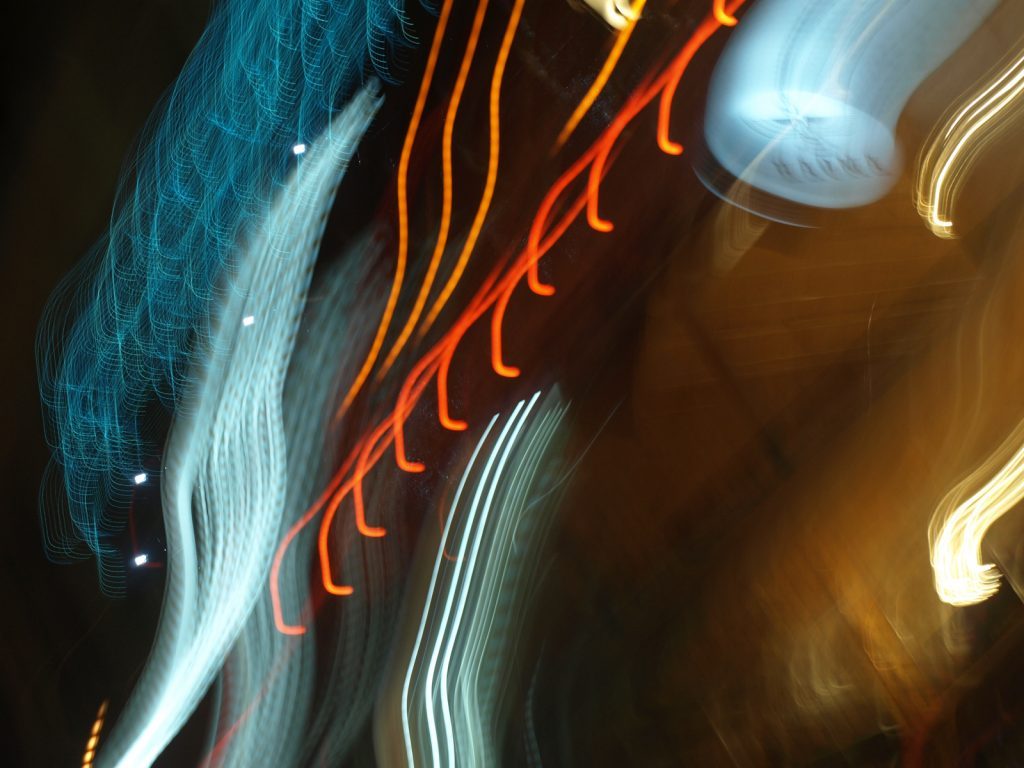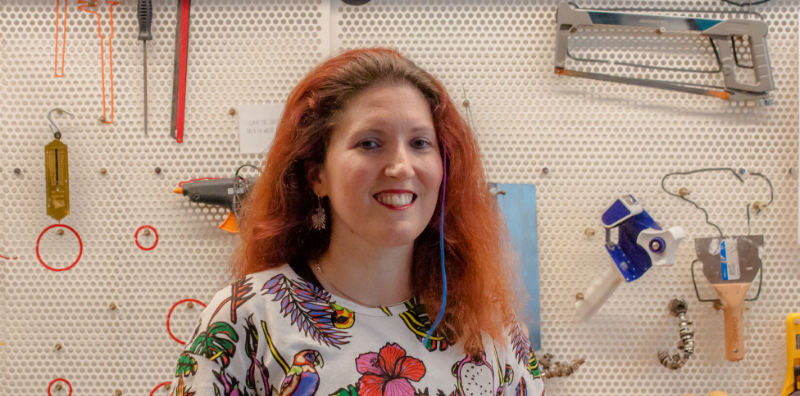The urban experience in İpek Yeğinsü’s photographs is more about dynamic and blurry impressions rather than static images. As a long-time member of the Art50.net family with her contributions to the website’s content and her almost abstract expressionist photographs, we talked to Yeğinsü about her Art50.net experience, her multi-dimensional career and her artistic practice.
You’ve been a part of Art50.net for a long time. How do you evaluate this process?
I’ve been a member of the Art50.net family almost starting from the very day it was born. In addition to being a featured artist, I took over various responsibilities for different periods of time, including content management, artist relations and curating. Nowadays, I occasionally make content contributions to the site. Art50.net has a special and distinguished place in my story. I love expressing myself in a variety of areas and this platform offered me the possibility to produce works in these different areas and to share them with the public. It also gave me the opportunity to meet new people from the art scene and to collaborate with them on several projects. I’m grateful for that and very happy to be a part of this family.
Your B.A. is in International Relations; at what point did you decide to pursue an artistic career and to study art? How did your interest in art emerge?
I’ve actually been painting since I was two or three. My late grandmother was a painting teacher and starting from the day she introduced me to art, I knew I was going to build my life around it. I spent my childhood participating to painting, poetry and short story competitions and award ceremonies. Then came the university exam with all these base points and changing regulations, and I didn’t have the chance to study fine art at the university level. Now I actually realize that it might have been even better for me; for I studied at a department that gave me a researcher’s spirit, curiosity about how the world works, and an academic perspective, all of which have been extremely helpful in my curatorial projects. Pursuing an M.A. in Cultural Heritage Management allowed me to bring my knowledge and skills back into the artistic and cultural sphere anyway. At this point, I definitely have to mention Koç University from where I received both my degrees; it gave me so much in so many ways! With its education quality and campus life, it’s a unique and unforgettable period of my life. It’s at the top of my “glad I did it” list. And then my first job at Borusan, of course. I spent six years there and it became a terrific school where I intensely experienced almost every aspect of the contemporary art profession. Most importantly, I can’t forget Mr. Ahmet Kocabıyık’s contributions to this part of my story; it was a great privilege and honor to work with him.

Why photography?
As I already mentioned, my interest in visual arts began with painting. But starting from 2008, I began to pursue photography as well; I had a very busy job schedule and I had a hard time dedicating time or physical space to painting. Taking my camera and hitting the streets seemed quite tempting at that point. On the other hand, most days it already got dark by the time I left the office. This pushed me into shooting at night and it’s so ironic this is how the “City Lights” series were actually born. I took several certificate courses in photography including fashion photography and did a lot of practice. This is how the process evolved. These days I produce work in various areas including photography, video and multimedia installation.
What is your creative process like?
I would say it changes depending on the specific theme or situation. At times, I depart from a theme or concept and try to establish the most suitable medium or approach for it; at other times, I start intuitively and I observe where it goes and which theme I tend to approach during the process. I also don’t think that we have to see the photograph as something finished at the very moment in which it’s taken. I also use it as raw material for various works like collages or digital paintings. I think what matters is to try to act in awareness of what you’re doing and why you’re doing it. But we shall not forget to allow room for coincidence as well; creativity is rather fond of it.
Your social media followers are quite familiar with your Taxi dialogs 🙂 When and how did you start sharing them?
I posted my first Taxi driver feed on Facebook more than a year ago. Starting from then, whenever I came across drivers with an authentic character or found myself in the middle of interesting conversations, I began to take regular notes of them on Facebook under the title “The Taxi Driver of the Day”. As time went by and these notes accumulated, I realized they almost turned into a portrait, or even a caricature of our society. Last year I exhibited an installation featuring these notes at the group show “Cabman Unfamiliar with Around Here” and it received a lot of public attention. In recent years, my artistic field of interest increasingly shifted towards humor and irony. I think that our society badly needs it and we need to make sure we don’t lose our sense of humor.
What would you like to say about your new series? Your point of departure?
The point of departure of the new series “-“(hyphen) is our struggle with worldly transience. In this series, I tried to create open-ended short stories out of abstract and impressionist photographs I had taken and published on Instagram. I wanted to build an ambiguous path that would trigger a different narrative in each viewer’s mind. Considering that our passion for social media feeds from our desire to leave our immortal mark on the world, you may guess that the Instagram origin of the photographs is a deliberate choice.

You’re a multi-dimensional and productive artist who’s also involved in academic work, writing and curating. How does this affect you and your life?
Practicing them all at the same time can sometimes be quite difficult and exhausting. But I’m not someone who can stand doing nothing and I love being involved in a variety of things all at once; these are all processes that contribute to each other anyway. Something I learn or experience in one can become a very useful idea or a solution in another.
How about being an artist in Turkey?
It requires patience, resistance and sacrifice as it’s the case almost everywhere else. But here there are social and economic dynamics that make the situation even harder compared to the world in general. On the other hand, these are also difficulties that fuel, cultivate and provoke creativity. I feel that a person without any problems can’t be creative. And we’re in no shortage of trouble, I suppose.
5 words that would describe you?
A very tough question! I will try to pull this one off by saying art, music, sea, cat and Turkish coffee 🙂
Click for the artist’s page.

